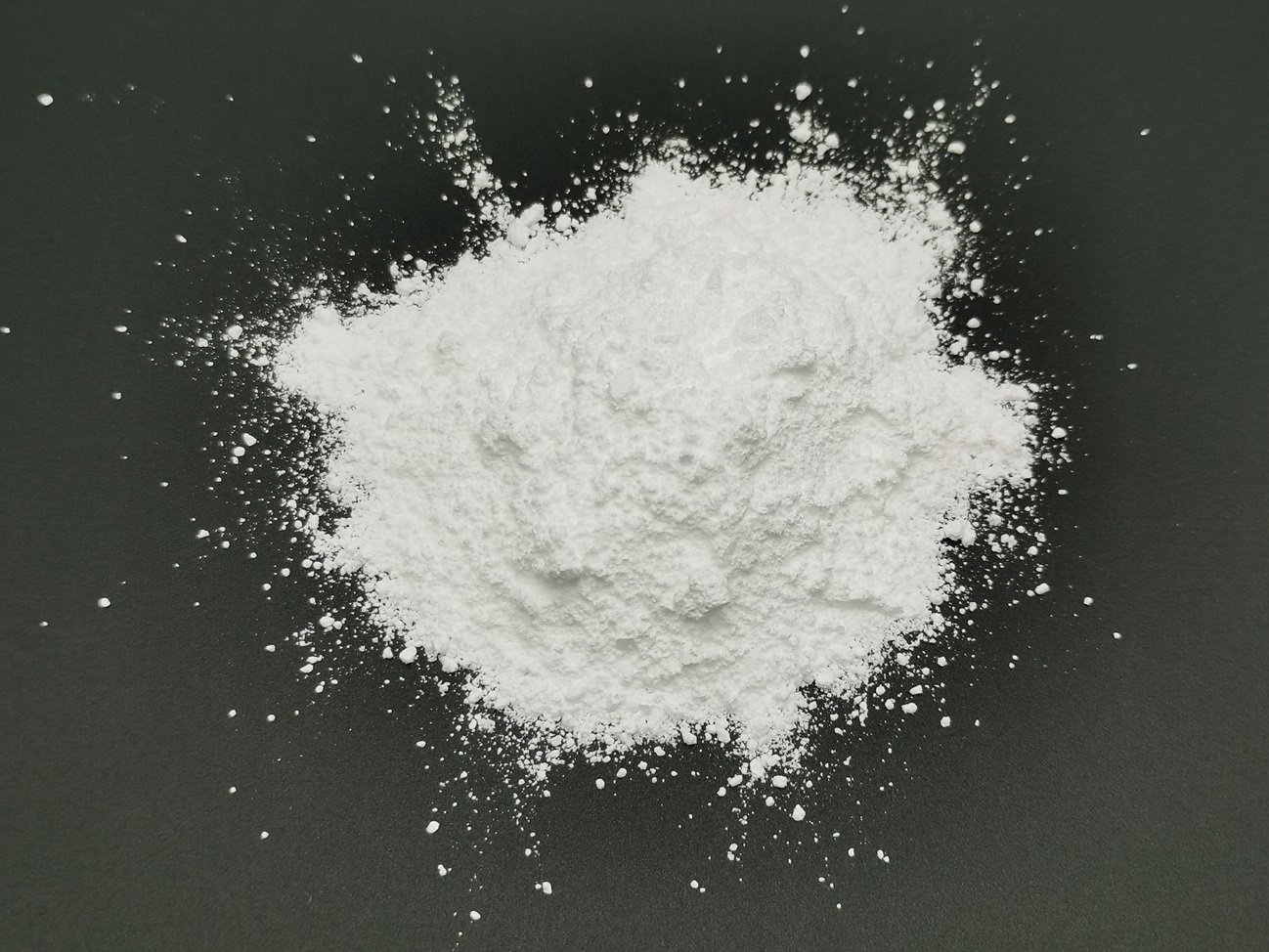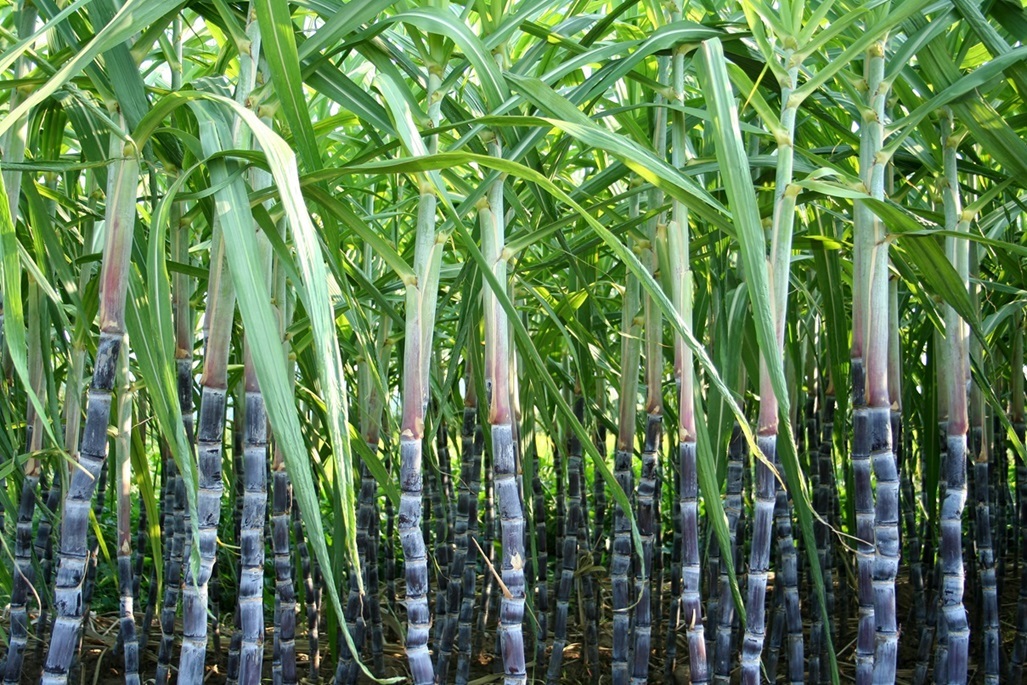Magnesium Sulphate Anhydrous
- Main Uses & Advantages
- Packaging & Storage
- 概要位置
- 顶部大图
- 蓝色模块数据小图
-
- Commodity name: Magnesium Sulphate Anhydrous
- Mgo Content:: 1
- typ:: 1
- Appearance: : 1
- Powder/Granular/Pellet Grain Size: 1
- Other indicators:: 1
Magnesium sulfate has a wide variety of uses in agriculture, food processing, personal care products, and medicine. In agriculture, magnesium sulfate is added to soil to correct for magnesium deficiency. Crops that heavily depend on magnesium-rich soil include potatoes, peppers, tomatoes, and roses. Magnesium sulfate is also commonly added to potted plants. The high solubility of magnesium sulfate makes it an ideal compound for adding magnesium to the soil. Adding magnesium sulfate to the soil improves the uptake of nitrogen and phosphorous by crops.
-
25kg paper bag.
Big PP bag with or without bottom spout, with or without PE liner.
Store product in a dry area, remaining sealed.
Shelf life is 12 months under good storage condition.
-
Magnesium sulfate is commercially available as heptahydrate, monohydrate, anhydrous. Magnesium sulfate is produced from sea water, mineral spring and minerals such as kieserite and epsomite, or by reacting magnesium oxide with sulfuric acid.
Magnesium sulfate is available as brilliant colorless crystals, granular crystalline powder or white powder with a bitter salty cooling taste. Crystals effloresce in warm, dry air. It is freely soluble in water, very soluble in boiling water, and sparingly soluble in alcohol.
Magnesium Sulfate Anhydrous is usually a white powder. IMC offers Magnesium Sulfate Anhydrous with high quality and purity.
-

-
Main Properties MgO 31% MgSO4 98% min. Insoluble 1000 ppm max. Fe3+ 20 ppm max. Ca2+ 500 ppm max. Cl- 150 ppm max. Grain Size Powder
- Main Uses & Advantages
- Packaging & Storage
- 概要位置
- 顶部大图
- 蓝色模块数据小图
-
- Commodity name: Magnesium Sulphate Anhydrous
- Mgo Content:: 1
- typ:: 1
- Appearance: : 1
- Powder/Granular/Pellet Grain Size: 1
- Other indicators:: 1
Magnesium sulfate has a wide variety of uses in agriculture, food processing, personal care products, and medicine. In agriculture, magnesium sulfate is added to soil to correct for magnesium deficiency. Crops that heavily depend on magnesium-rich soil include potatoes, peppers, tomatoes, and roses. Magnesium sulfate is also commonly added to potted plants. The high solubility of magnesium sulfate makes it an ideal compound for adding magnesium to the soil. Adding magnesium sulfate to the soil improves the uptake of nitrogen and phosphorous by crops.
-
25kg paper bag.
Big PP bag with or without bottom spout, with or without PE liner.
Store product in a dry area, remaining sealed.
Shelf life is 12 months under good storage condition.
-
Magnesium sulfate is commercially available as heptahydrate, monohydrate, anhydrous. Magnesium sulfate is produced from sea water, mineral spring and minerals such as kieserite and epsomite, or by reacting magnesium oxide with sulfuric acid.
Magnesium sulfate is available as brilliant colorless crystals, granular crystalline powder or white powder with a bitter salty cooling taste. Crystals effloresce in warm, dry air. It is freely soluble in water, very soluble in boiling water, and sparingly soluble in alcohol.
Magnesium Sulfate Anhydrous is usually a white powder. IMC offers Magnesium Sulfate Anhydrous with high quality and purity.
-

-
Main Properties MgO 31% MgSO4 98% min. Insoluble 1000 ppm max. Fe3+ 20 ppm max. Ca2+ 500 ppm max. Cl- 150 ppm max. Grain Size Powder
| Main Properties | ||
| MgO | 31% | |
| MgSO4 | 98% min. | |
| Insoluble | 1000 ppm max. | |
| Fe3+ | 20 ppm max. | |
| Ca2+ | 500 ppm max. | |
| Cl- | 150 ppm max. | |
| Grain Size | Powder | |
Recommended Applications
Magnesium is a macronutrient that is necessary to both plant growth and health. It is involved in several different processes, including photosynthesis, which nearly all living organisms are dependent on.





